- *OKW File “Chefsache” Fall Grün (1938)
- Strategic and operational planning documents for Operation Fall Grün (Case Green), the proposed German invasion of Czechoslovakia.
- Includes correspondence, orders, directives, memoranda, and conference notes relating to the Wehrmacht, Luftwaffe, and Kriegsmarine.
- Contains drafts of Hitler’s directives, intelligence assessments of Czech weaponry, mobilisation timetables, and propaganda planning.
- References to staged Zwischenfälle (incidents) intended to justify military action.
- Exhibits used at the International Military Tribunal (e.g., USA Exhibit 26).
- Robert Ley’s Last Papers (1945)
- Documents created by Robert Ley during the final days of the Third Reich.
- Writings illustrate Ley’s political thought, psychological state, and ideological justifications prior to his suicide in October 1945 at Nuremberg.
- Provides evidence of Nazi self-perception and collapse at the regime’s end.
System of Arrangement:
The file is divided into two major sequences:
- Part I: “Fall Grün” OKW papers, arranged chronologically (April–October 1938).
- Part II: Robert Ley’s final papers, arranged as captured material (1945).
Disclaimer
- This document is a historical primary source produced by the Oberkommando der Wehrmacht (German Armed Forces High Command) and by senior figures of the National Socialist regime. It contains official military directives, correspondence, and ideological writings from 1938–1945, including material prepared for Operation Fall Grün and the final writings of Robert Ley.
- The content reflects the political, military, and ideological positions of the Nazi leadership at the time. It may include offensive language, antisemitic terminology, and propaganda designed to justify acts of aggression and crimes against peace.
- The inclusion of this document in the archive is for research, historical, and evidentiary purposes only. It does not imply endorsement of the views expressed within. Users are advised to approach the material critically, with awareness of its context in the history of the Second World War and the subsequent Nuremberg Trials.
Condition Note
This file survives in microfilm reproduction (EP Microform Ltd., 1973, from U.S. National Archives T77 series). The images are generally complete and intact, though the reproduction quality varies.
-
Typed documents: Mostly clear and legible, with consistent contrast. Carbon copies and duplicated texts are occasionally faint but decipherable.
-
Handwritten notes and signatures: Present in several sections (e.g., directives, marginalia). These are often more difficult to read, with faded ink, light impressions, or blurred microfilm capture.
-
Maps, diagrams, and tables: Visible but sometimes reduced in sharpness.
-
Pagination and classification markings: Preserved, though some page edges show darkened frames or cropped margins.
-
Overall condition: Fair to good. The file is usable for research, but scholars should be aware that certain handwritten portions and low-contrast pages may demand careful examination.


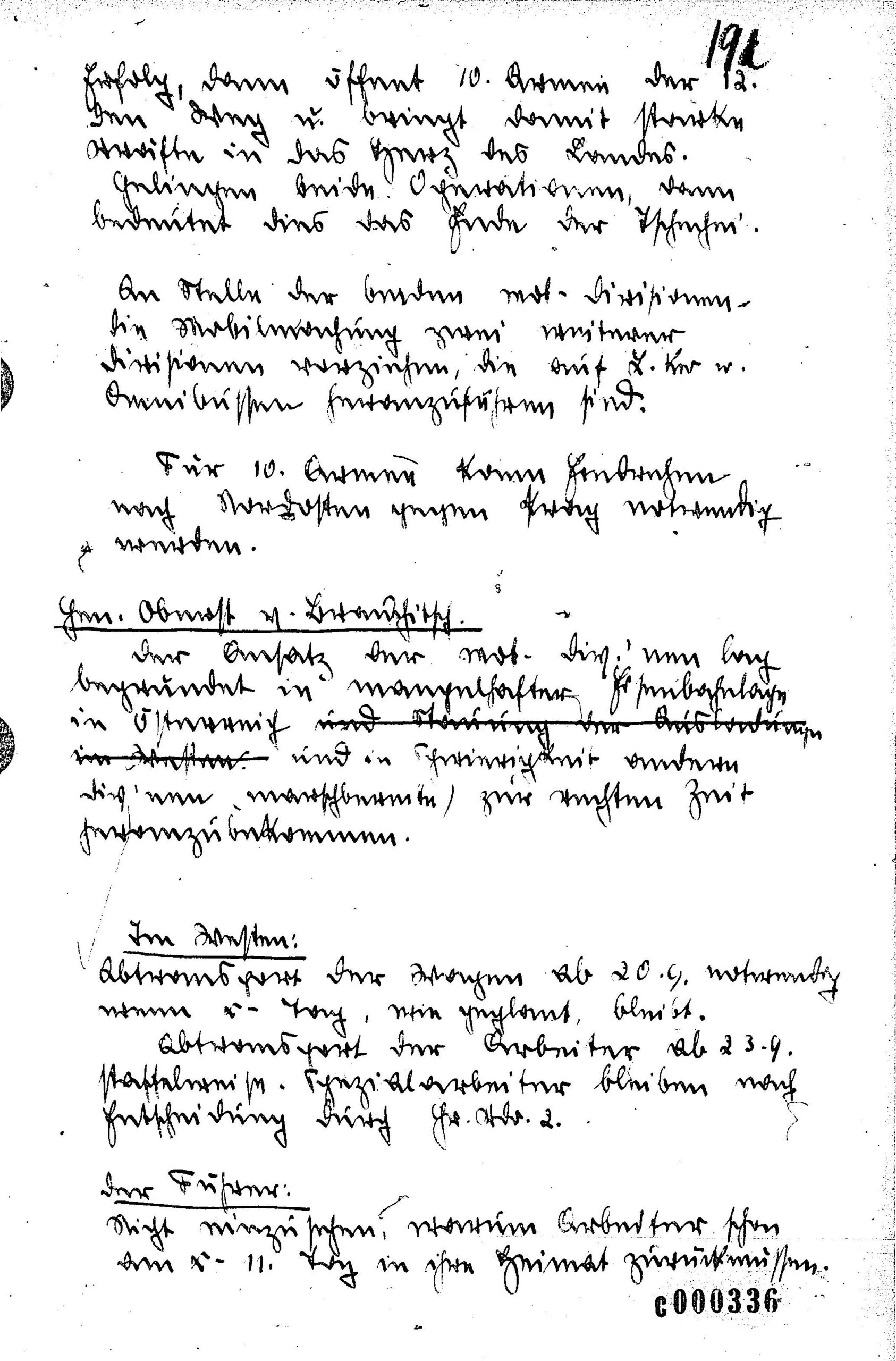
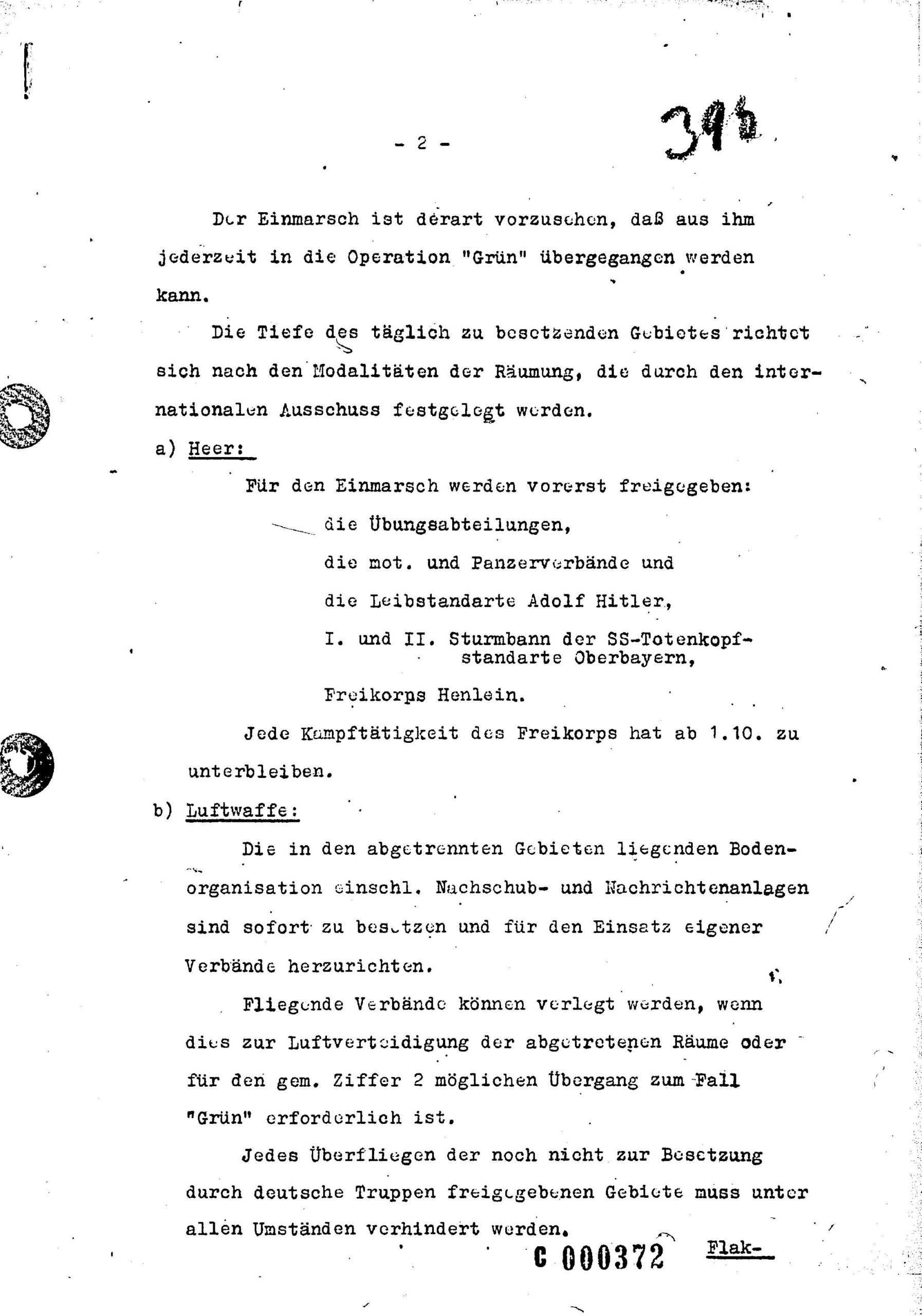
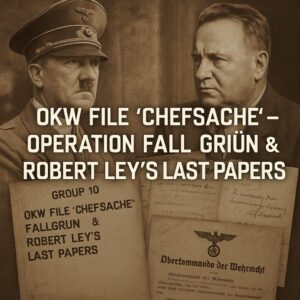

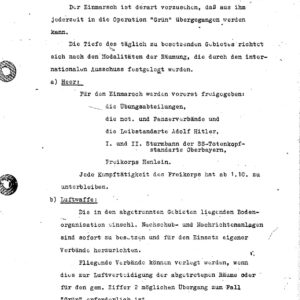
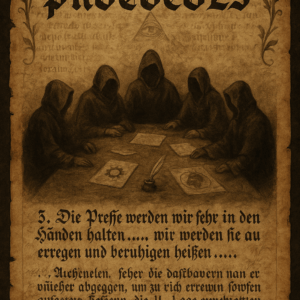
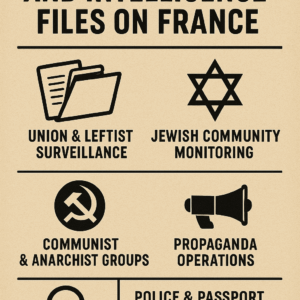
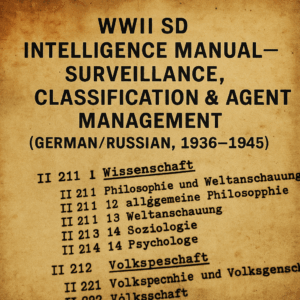
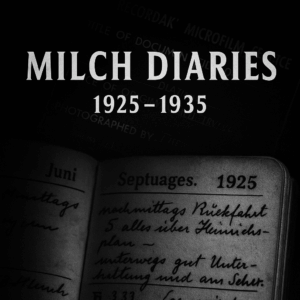
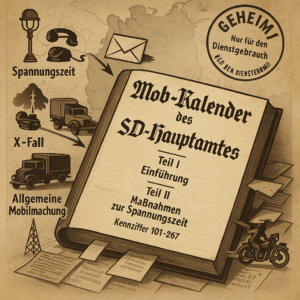
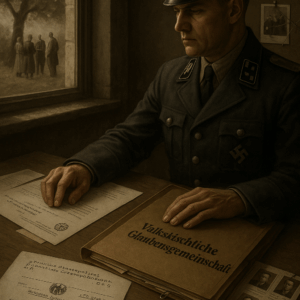
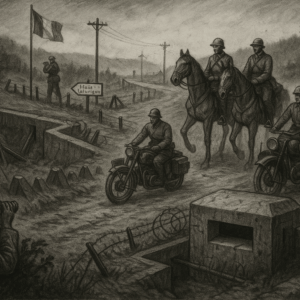
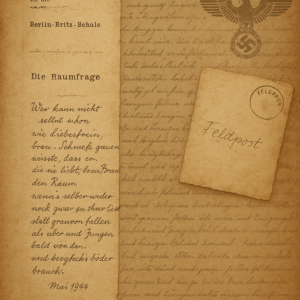
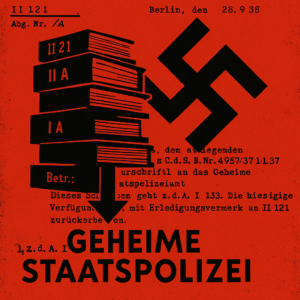
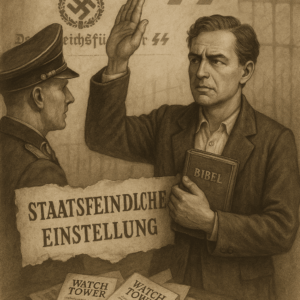
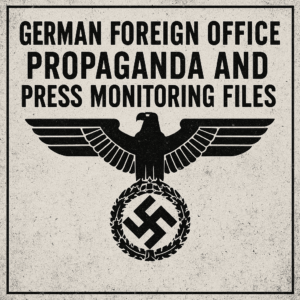
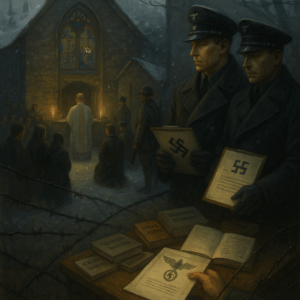
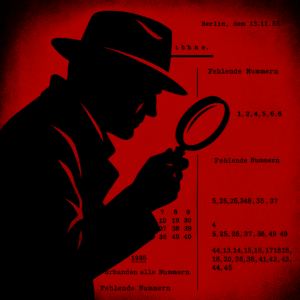

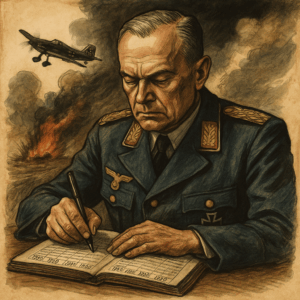
Reviews
There are no reviews yet.